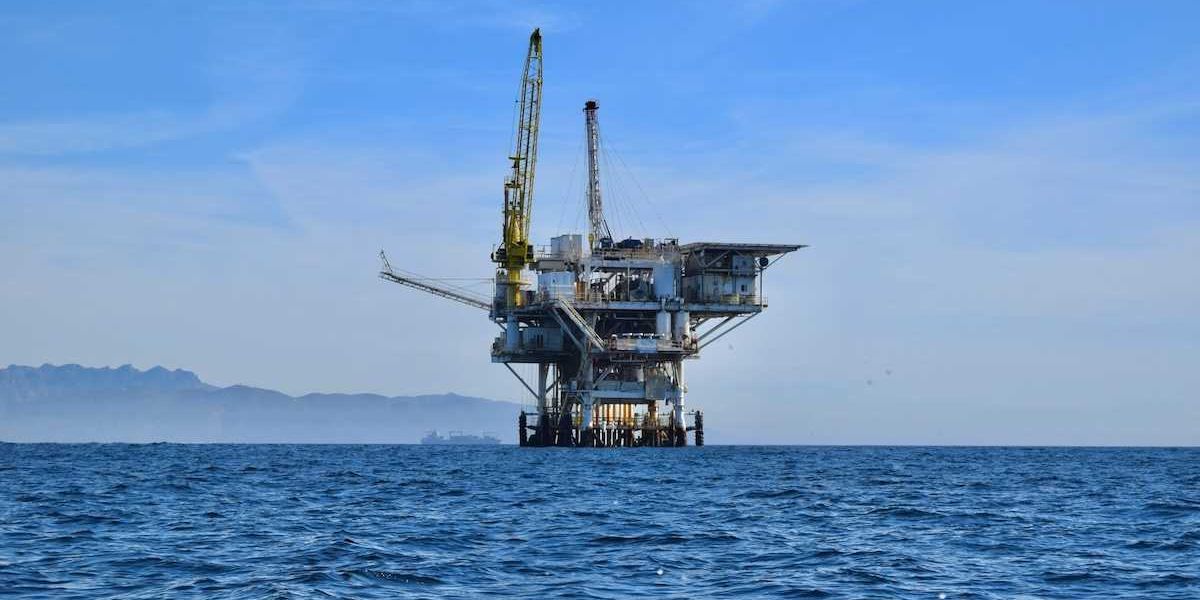Toxic mine runoff cleanup revives West Virginia waterways and extracts rare earth elements
Once-lifeless streams across West Virginia are being revived by community-led efforts to treat coal mine pollution, which is now also yielding valuable rare earth metals.
Mira Rojanasakul reports for The New York Times.
In short:
- Decades of coal mining left streams across West Virginia acidic and contaminated with heavy metals, turning waterways orange and killing aquatic life. Nonprofit groups have built low-tech treatment systems using limestone and wetlands to neutralize acidity and trap metals like iron and aluminum.
- A new state-operated facility at the abandoned Richard Mine uses higher-tech methods to clean up polluted water and recover rare earth elements, crucial for clean energy and military technologies. These elements dissolve naturally in acidic mine runoff, making them cheaper to extract than from raw ore.
- Rare earth recovery could help fund future cleanups, as prices remain high. The effort is also boosting local economies through outdoor recreation and tourism, which now support more jobs than coal mining in the state.
Key quote:
“If we look to the future, coal is a much smaller part of the overall energy picture in the country and it’s unlikely to ever regain the same level that it once had.”
— Dave Bassage, program coordinator at New River Conservancy
Why this matters:
Acid mine drainage is a persistent legacy of coal mining that continues to contaminate streams and groundwater across Appalachia. It forms when exposed pyrite reacts with air and water to create sulfuric acid, dissolving toxic metals into waterways. The result is not just ecological damage — it also threatens drinking water for rural communities and corrodes infrastructure. But the same pollution causing these problems is now a potential source of rare earth elements, essential for solar panels, electric vehicles, and national defense. With global supply chains under strain, tapping into this accidental resource could be economically and environmentally significant, especially for communities long burdened by extractive industries.
Read more: Coal mine pollution in Canada and the U.S. faces international review













